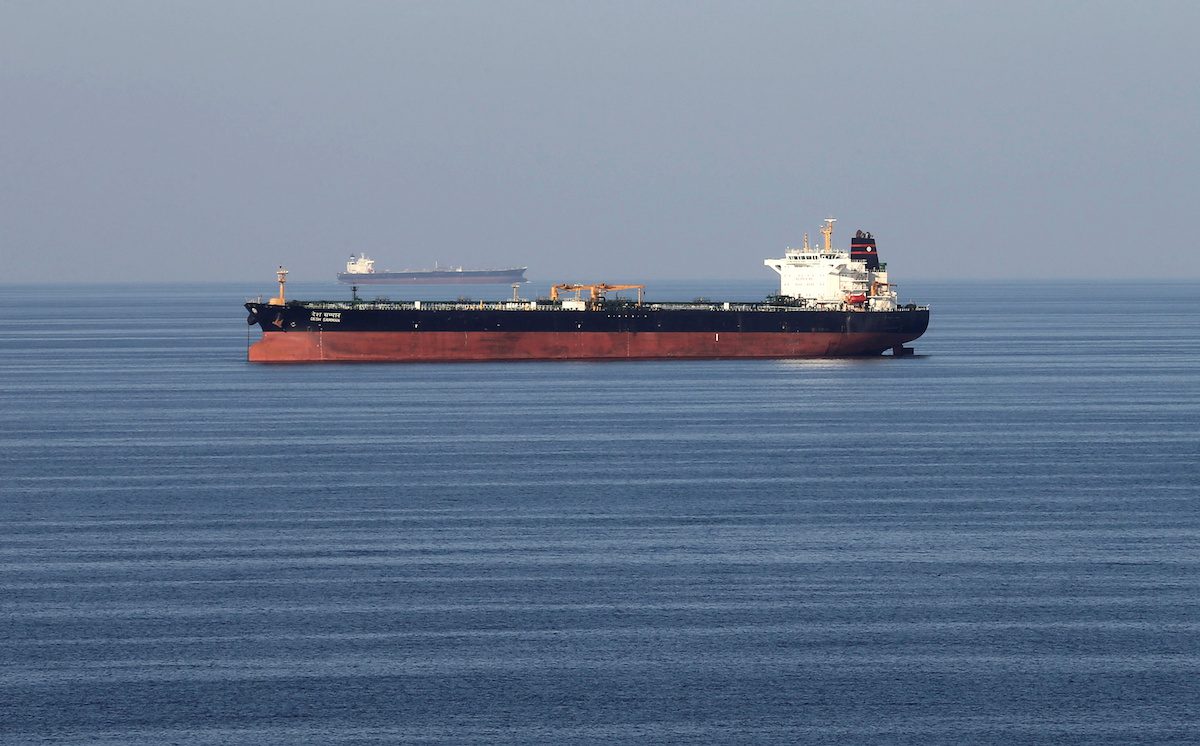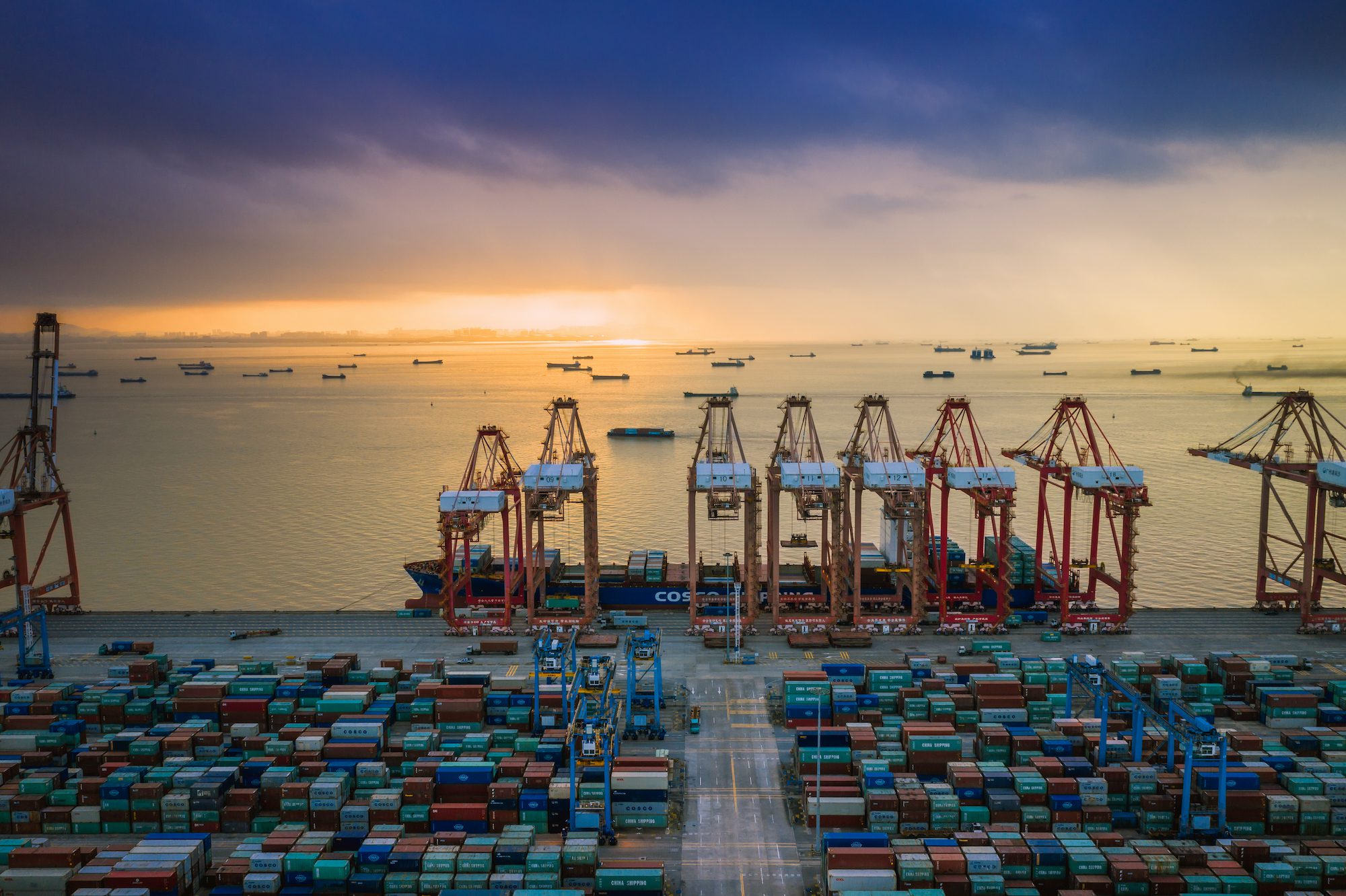(Bloomberg) — Cargo movement through the Strait of Hormuz has marked a small decline, but there’s been no major disruption to key oil infrastructure so far, easing some of the worst fears about the ongoing conflict between Iran and Israel.
There were 111 cargo ships sailing through Hormuz on June 15, down from 116 on June 12, the Joint Maritime Information Center said on Monday. Tel Aviv launched attacks on Iran’s nuclear facilities and senior military commanders a day later. The narrow waterway handles about a fifth of the world’s oil output.
“The number of transits through the Strait of Hormuz has shown a minor decrease in cargo carrying vessels,” said the JMIC, which is part of the Combined Maritime Forces, an international naval coalition based in Bahrain.
Crude appears to have endured a highly volatile period — paring the big price jumps in the immediate aftermath of the eruption of fighting — as traders try to establish the risks to shipping through Hormuz and to wider oil production in the region.
While there have been some attacks on energy infrastructure in both countries, the most oil-price-sensitive sites, including Hormuz and the major Kharg Island export terminal, have been spared.
So far, the main hindrance has been the jamming of navigation signals in and around the Persian Gulf, disrupting movement in the shipping chokepoint, the JMIC said.
Shipping rates to carry crude from the Middle East to China have surged, and underwriters indicated that they would likely lift war risk premiums when calling at the region, but all of the moves stopped short of the worst-case disruption feared for oil prices.
Ship-tracking by Bloomberg shows little clear sign of a change in flows of oil tankers through the waterway. Outbound carriers are largely unchanged compared with immediately before the airstrikes, and while there’s been a dip in inbound vessels, it remains too soon to establish if that’s a trend.
“The market is saying: I still see Hormuz flow,” Bob McNally, founder and president of Rapidan Energy Group said in a Bloomberg TV interview. “I think we’re getting a little bit of ‘more of the same’ complacency here.”
© 2025 Bloomberg L.P.

 Join The Club
Join The Club











